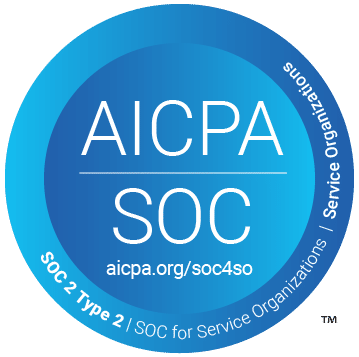Is it the Compliance Department’s or HR? Many healthcare companies find this particular issue a source of confusion, which often results in astronomical penalties. Exclusion screening requires a specific policy and procedure that must be strictly implemented at all times. Both HR and the Compliance Department play important parts in achieving precisely this.
The role of Human Resources begins right at the recruitment stage, and in the case of exclusion, culminates in the termination phase. During the initial interview, the HR head must ask proper questions in order to determine if the potential employee fills the job requirements. Individualized Assessment should be used in case of a past criminal misconduct showing up in the screening process, as a best practice endorsed by the Equal Employment Opportunity Commission. HR must also do thorough background checks for all employees, as well as monthly monitoring post-hire.
The Compliance Department in turn must make sure that the company’s compliance program is strong, effective, and strictly implemented. In developing their compliance policies, the department should ensure there are both general standards and case-by-case procedures for their employees. Compliance Department is also responsible for the training/education, monitoring and auditing, enforcement, investigation, and reporting of any compliance issues.
It is also the job of the people making up the company’s Human Resources and Compliance Departments to be familiar with OIG protocol and any guidance involving exclusion screening. Being updated on these guidelines will ensure a thorough investigation in the case of exclusion.
Both HR and the Compliance Department play proactive roles in exclusion screening and policy implementation. Along with an effective compliance program, these departments must work together to ensure that mandatory exclusions are enforced, and penalties avoided altogether.




































